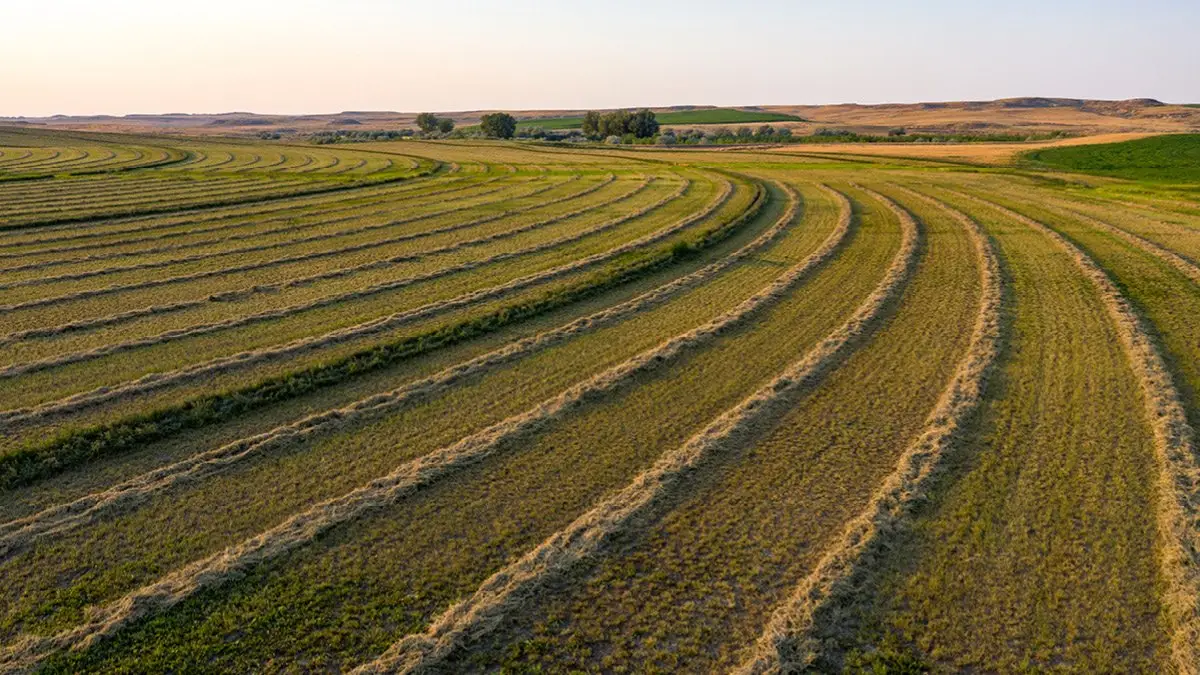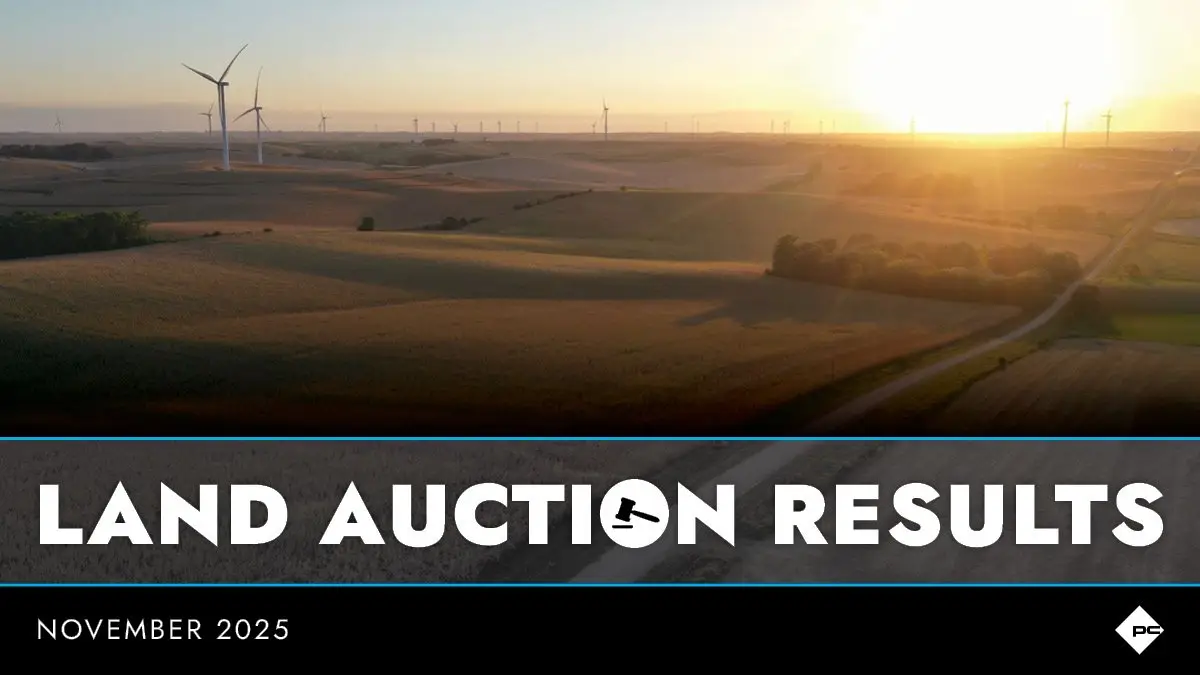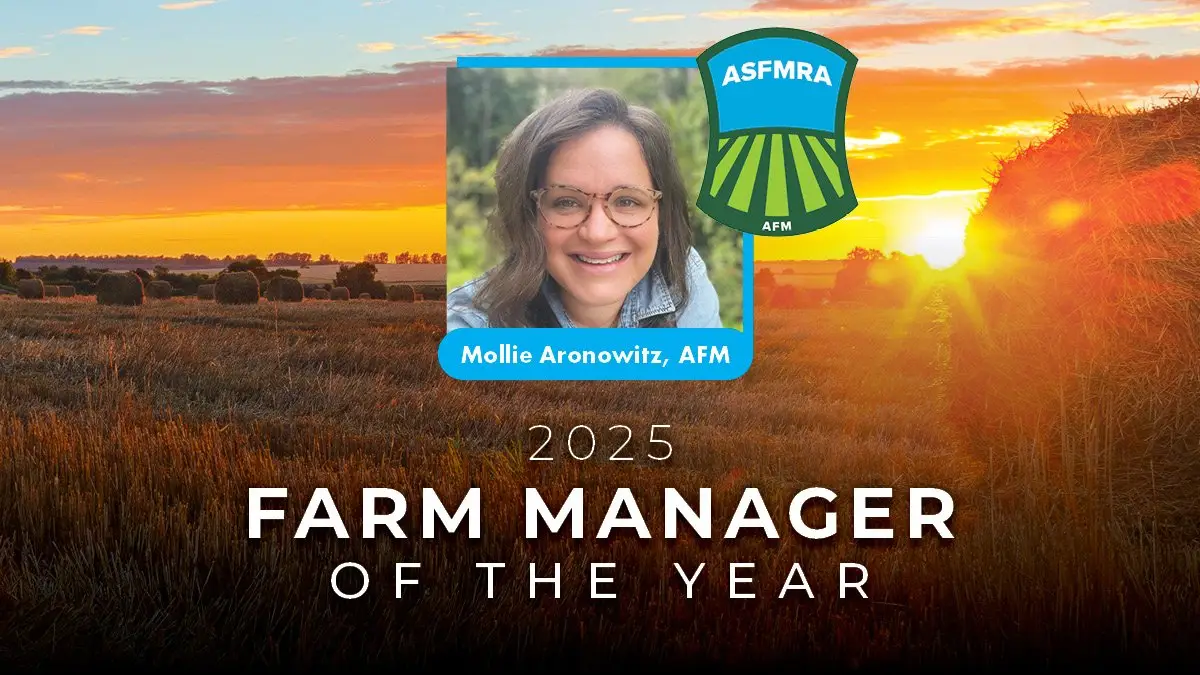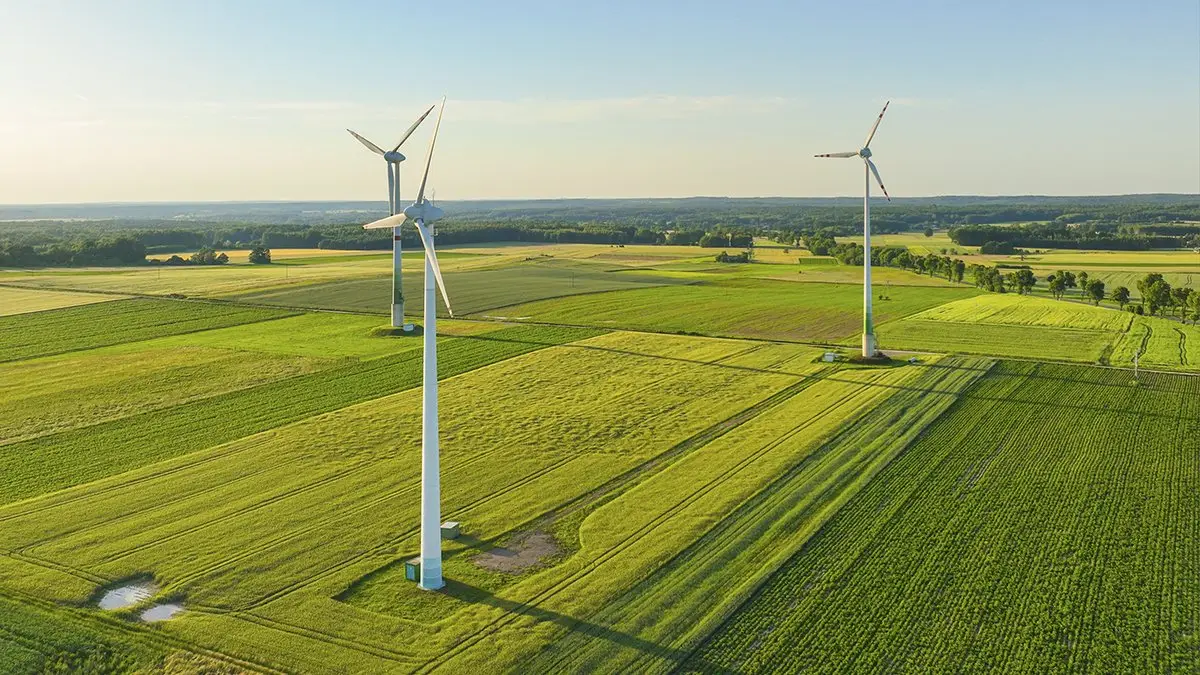Farmland remains one of the most stable and sought-after asset classes in the United States. Whether a property is being sold, refinanced, transferred to the next generation, or evaluated for tax purposes, a credible appraisal provides the foundation for informed decision-making.
Yet for many landowners, the appraisal process itself can feel like a “black box.” How does an appraiser determine value? What information goes into the analysis? And why does the process take the time that it does?
This article walks through the full life cycle of a farmland appraisal, offering a transparent look at the steps involved and the work that happens behind the scenes.
1. Initial Engagement & Scope of Work
Every appraisal begins with understanding the purpose of the assignment. Farmland appraisals are commonly needed for:
Estate settlement
Gift or estate tax planning
Collateral for agricultural lending
Sale or purchase decisions
Partition or divorce proceedings
Litigation or expert testimony
Financial reporting or investment analysis
The appraiser then defines the scope of work, which determines:
The property rights being appraised
The expected use of the appraisal
The level of detail required
The approaches to value that will be developed
Clear scope definition sets expectations and ensures the appraisal complies with the Uniform Standards of Professional Appraisal Practice (USPAP).
2. Data Collection & Property Research
Once the engagement is in place, the appraiser begins gathering all available information about the property. This stage is often the most time-intensive and includes:
Pulling soil maps and productivity ratings (CSR2 in Iowa)
Obtaining FSA records, including 156EZ reports and aerial imagery
Reviewing assessor data, zoning, and property tax information
Studying topography and drainage using LIDAR and public drainage maps
Reviewing tile maps, if available
Analyzing ownership history, legal descriptions, and surveys
Investigating easements, right-of-way, or access restrictions
Checking for conservation programs, CRP contracts, or land use restrictions
This research helps identify potential value factors or issues that need clarification during the inspection.
3. On-Site Inspection of the Property
A physical inspection remains a crucial part of farmland valuation.
During the inspection, the appraiser evaluates:
Land use: cropland, CRP, pasture, timber, building sites
Soil characteristics and variability across the farm
Drainage patterns, inlets, waterways, and tile outlets
Topography and its effect on farmability
Field shape, size, and access points
Fence conditions, waterways, terraces, and conservation practices
Location and condition of any improvements (bins, sheds, wells, etc.)
The appraiser also gathers photographs and notes to accurately document the property’s physical characteristics in the final report.
4. Market Research & Comparable Sales Screening
After the inspection, the appraiser begins identifying and analyzing sales of comparable farmland. This step involves far more than pulling public records. A credible sales analysis includes:
Reviewing recent land auctions, private-treaty sales, and broker listings
Confirming details with selling agents, buyers, or sellers
Verifying whether each sale was arm’s-length, meaning it reflects true market behavior
Screening sales for similar soil productivity, topography, drainage, field size, improvements, and location
Removing sales influenced by non-market forces
Studying farm trends in the region and county
This process ensures that only the most relevant and reliable transactions are used to support the final value.
5. Approaches to Value
Farmland appraisers typically rely on three primary approaches, though not all are applicable in every assignment.
Sales Comparison Approach
The sales comparison approach is the most commonly used method for valuing Iowa farmland because it reflects how buyers and sellers behave in the marketplace. Under this approach, the appraiser analyzes recent sales of comparable properties and adjusts them to indicate what each would have sold for had it been more similar to the subject property.
In practice, this involves a combination of quantitative and qualitative adjustments:
Quantitative adjustments are used when a difference can be reasonably measured in dollars or percentages. Examples may include differences in acres, land mix, building contributions, or certain site characteristics.
Qualitative adjustments are applied when differences cannot be reliably measured numerically, or when market data supports a relative comparison rather than a dollar adjustment. For example, soil productivity, drainage quality, field shape, and access are often discussed as superior, similar, or inferior based on the appraiser’s market-supported analysis.
By making these adjustments - both numerical and descriptive - the appraiser develops an indication of how each comparable sale relates to the subject. This process helps bracket the subject within a supported range of value.
After adjusting and analyzing each comparable, the appraiser reconciles the sales evidence to determine the most probable price the subject property would sell for under current market conditions.
Income Approach
The income approach is most useful for properties with a consistent income stream and for tracts that are typically purchased for their income-producing potential. This is often the case with row-crop farms, CRP acres, and other properties where buyers place significant emphasis on annual returns.
Direct Capitalization
For most typical farmland properties in Iowa, the direct capitalization method is used. Under this technique, the appraiser:
Estimates the market rent for the subject property by analyzing rent data from comparable farms.
Subtracts typical landlord expenses, when applicable, to arrive at a market-supported net income.
Capitalizes the net income using an appropriate capitalization rate.
The capitalization rate is extracted from comparable sales by analyzing the relationship between each sale’s income and sale price. Once the cap rate is supported, it is applied to the subject property’s net income:
Value = Net Income ÷ Capitalization Rate
This method is straightforward and reliable when income is stable, and the market relies heavily on return-based decision-making.
Discounted Cash Flow (DCF) Analysis
A Discounted Cash Flow analysis is useful for properties when income varies significantly over time or when the property is subject to long-term contracts. This can include:
Permanent crops
Wind turbine leases
Solar leases
Step-up or escalating lease payments
Production-based royalties
Income tied to specialized long-term agreements
A DCF projects income year by year, accounts for changes in revenue or expenses over time, and discounts each year’s cash flow back to present value. This method is most appropriate for properties where the pattern of income is irregular or tied to contractual terms that differ from typical Iowa row-crop farms.
Income Approach Conclusion
The income approach provides a market-supported indication of value based on the income-producing capability of the land. It is a useful tool when the property is purchased primarily for its income potential. However, the income approach becomes less reliable for certain types of land, such as transitional tracts, recreational properties or rural residential sites because these properties are not typically purchased for their income producing capability, even if they do generate revenue. In those cases, the market places more weight on the sales comparison approach, and income production can be a secondary role.
Cost Approach
The cost approach is typically used when the property includes significant improvements such as:
· Grain storage
· Machine sheds
· Livestock facilities
· Residential structures
· Special-use agricultural facilities
Under this approach, the appraiser estimates the value of the land and improvements separately, then combines them to arrive at an indication of total property value. The process consists of:
1. Estimating land value using the sales comparison approach.
2. Estimating the Replacement Cost New (RCN) or Reproduction Cost New of the improvements.
3. Estimating depreciation, which may include physical deterioration, functional obsolescence, or external (economic) depreciation.
The formula is:
Value = Land Value + (RCN – Depreciation)
The cost approach is generally not developed for vacant land, as it should produce a similar conclusion to the sales comparison approach in the absence of improvements. It is most useful when improvements are relatively new and contribute meaningfully to the overall value, or for special-use properties where comparable sales are limited.
The approach becomes less reliable for properties with older or highly depreciated improvements due to the difficulty of accurately estimating all forms of accrued depreciation.
6. Reconciliation & Final Value Conclusion
After the appraiser develops each applicable approach, they reconcile the indications into a single final opinion of market value.
This step requires judgment supported by data and includes:
Evaluating the reliability of each approach
Weighing the quality and similarity of comparable sales
Ensuring that the conclusion aligns with market trends
Confirming internal consistency throughout the analysis
The final value represents the point where evidence, reasoning, and market behavior intersect.
7. Appraisal Report & Delivery
The completed appraisal is compiled into a formal report that includes:
Maps, photos, and aerial imagery
Soil analysis and CSR2 reports
Description of Relevant Property Characteristics
Market Analysis
Highest and Best Use Analysis
Comparable sales sheets
Adjustments and valuation tables
Narrative explanation of methods used and reasoning
The final opinion of value
After delivery, the appraiser is available to clarify conclusions, answer questions, or assist advisors, attorneys, or lenders who rely on the report.
Conclusion
The life cycle of a farmland appraisal involves far more than simply selecting a few sales and averaging the results. It is a structured process built on thorough research, physical inspection, market verification, and disciplined valuation methods.
Whether a landowner is planning a sale, refinancing, settling an estate, or navigating a generational transfer, a credible appraisal provides clarity and confidence at every step of the decision-making process.
Peoples Company remains committed to delivering transparent, data-driven farmland appraisals that reflect real market conditions and help clients make informed decisions in an ever-changing agricultural landscape.
Lucas Riesenberg is a Certified General Appraiser with Peoples Company, specializing in agricultural and rural property valuations across Iowa. If you have questions about this topic or need an agricultural appraisal in Iowa, Lucas can be reached at Lucas@peoplescompany.com.







